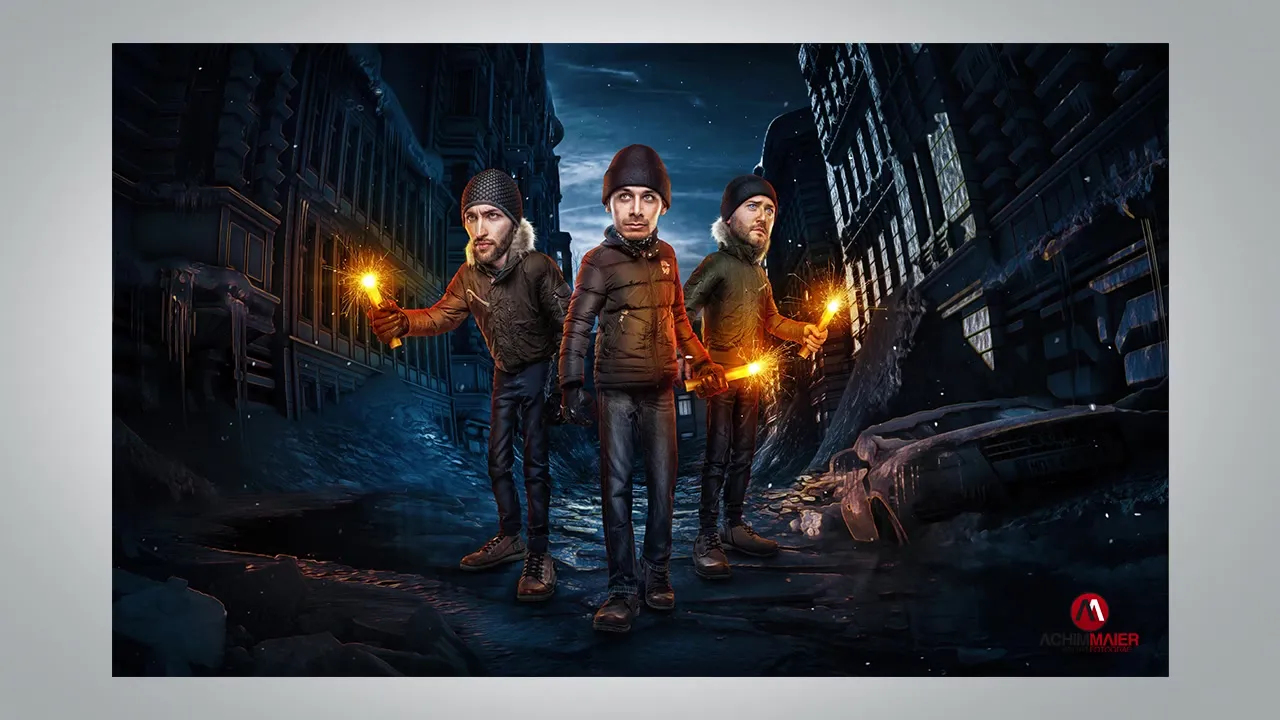The design of a logo is a central task for every photographer, as it not only represents your brand but also your style and professionalism. An often overlooked aspect of logo design is the black-white version. You may be wondering why it's necessary to create a logo in black and white as well? In this guide, you will learn what an effective black-and-white design looks like and why it is important for various applications.
Key Insights
A logo should not only look good in color. It must also work in black and white to be recognizable and aesthetically appealing on various printed materials. Avoid unnecessary elements that distract from the essentials and focus on clear outlines and shapes.
Step-by-Step Guide
1. Understanding the Purpose of a Black-and-White Logo
One of the first things you should consider when designing a logo is the reason why it needs to work in black and white. Black-and-white printing is often used for documents, watermarks, or presentation materials. Therefore, avoid complicated gradients and fine details that could lose this clarity when printed.

2. Minimizing the Design
A logo should be simplified and clear. If your logo contains complex gradients or many different colors, it may not be appealing in black and white. Therefore, remove unnecessary details that distract from the essentials and ensure that the logo remains recognizable in a simpler form.
3. Testing and Gathering Feedback
Once you have created a first black-and-white version of your logo, it is important to get feedback from others. Show it to friends or colleagues and ask for their opinion—can the logo be easily recognized? Does it look good in a small format? Feel free to make several attempts and try different variations.
4. Application on Various Media
You need to consider where and how your logo will be used. Whether on letterheads, business cards, or even in digital formats—the black-and-white version should work well on all surfaces. Consider taking an additional step in the design process and creating a version for different applications.
5. Creating a Watermark
A watermark is a special application of your logo and must be clearly recognizable to protect the integrity of your work. Make sure that your black-and-white logo also looks good and remains readable in a small format. Avoid colors that may blend with the images.

6. Final Review
Before you go to print with the logo, conduct a final review. Ensure that it looks consistent in both color and black and white. Sometimes it may be necessary to make adjustments to ensure it looks good everywhere, especially when printed on different media and backgrounds.
Summary – Logo Development Guide for Photographers – Black-and-White Design
The design of your logo should definitely include a black-and-white version. This step is crucial to ensure that your logo looks good and remains recognizable in various applications. Remember to minimize the design and avoid complex elements to maintain clarity.
Frequently Asked Questions
How important is a black-and-white logo for photographers?A black-and-white logo is important to ensure readability on printed materials such as documents and watermarks.
Can I use gradients in a black-and-white logo?Gradients are not recommended in black-and-white logos as they often become unclear and difficult to read.
What should I consider when creating a watermark?Make sure that your watermark black-and-white logo is recognizable even in small formats.
How do I test the visibility of my logo in black and white?Show your logo to friends or colleagues and ask for feedback on recognizability and aesthetics.
When do I need a black-and-white logo?It is useful for printing documents, exhibitions, or when submitting a variation for a competition.


